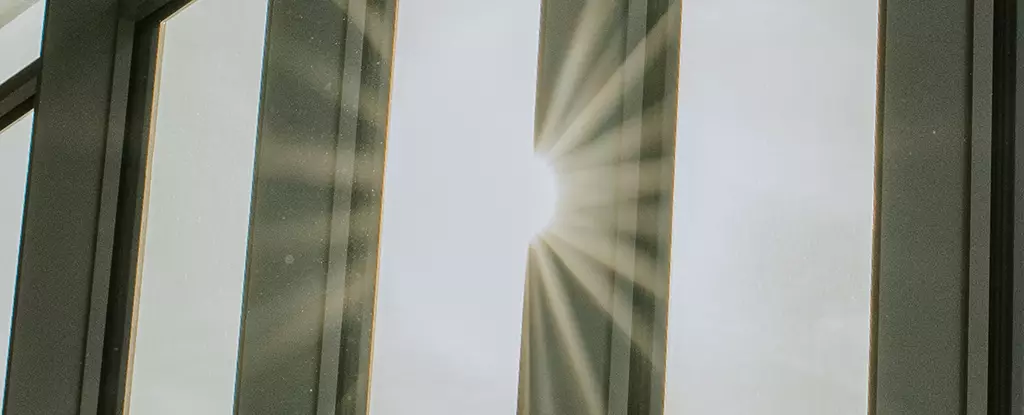While the development of a transparent, energy-generating window coating sounds promising on paper, a critical look reveals significant hurdles that could prevent this innovation from living up to its lofty promises. The concept hinges on the assumption that we can seamlessly retrofit our entire building stock with these coatings and that this will deliver the kind of green energy revolution many envision. However, scalability is far more complex than it appears. Applying a new coating to every window in every building demands enormous manufacturing capacity, distribution logistics, and cost commitment—factors that tend to be overlooked in early-stage research narratives. The leap from a 1-inch prototype powering a small fan to an entire skyscraper’s windows generating usable electricity is not just a matter of size but also of durability, uniformity, and consistent performance. Historically, many promising energy innovations falter when faced with real-world constraints, and this technology’s future may well suffer the same fate.
Effectiveness and Efficiency: Overhyped Expectations
Critics should be cautious about celebrating efficiency claims that seem impressive at first glance. The reported 18.1% overall efficiency under realistic conditions is notably low compared to traditional solar panels—often exceeding 20-22%. The fact that only 3.7% of incoming solar energy is currently usable underscores the technology’s nascent stage and raises questions about its viability as a primary energy source. Even if the coating can be mass-produced and applied widely, the energy yield may not justify the effort and investment required. It appears that the innovation trades off some transparency and aesthetic appeal for efficiency, yet the gains seem modest, especially when considering the energy conversion challenges still to come. If the technology cannot surpass or at least match existing solar solutions in efficiency, its appeal remains largely aesthetic rather than functional—a trade-off that many homeowners and developers might be hesitant to accept.
The Mirage of Environmental Impact and Long-Term Sustainability
Although proponents tout this coating as a breakthrough for carbon reduction and sustainable energy, the environmental benefits are not without question. First, the production process involves sophisticated materials such as cholesteric liquid crystals, which are not necessarily eco-friendly or cheap to produce at scale. The lifecycle assessment of such coatings—considering manufacturing, installation, maintenance, and disposal—may reveal hidden ecological costs that diminish their overall sustainability. Moreover, the projected energy yield, based on current efficiency levels, suggests that deploying this technology en masse might not deliver enough green power to justify its implementation. There’s also the risk of the ‘greenwashing’ effect, where the promise of clean energy distracts from the actual environmental footprint of the manufacturing and eventual disposal of these coatings.
Are We Falling for Technological Hype?
At its core, this innovation exemplifies a common trap in the renewable energy narrative: the allure of a ‘miracle’ technology that solves all problems. While the innovation deserves recognition for advancing materials science and optical engineering, overselling its potential could lead to misplaced optimism. Rhetoric that frames this as a scalable, practical solution glosses over the myriad engineering, economic, and environmental hurdles yet to be addressed. Promoting such narratives risks diverting attention from more proven, reliable, and well-understood renewable options like conventional photovoltaic panels. It’s critical that policymakers, investors, and consumers approach this technology with a skeptical eye, understanding that true energy transformation requires consistency, efficiency, and widespread accessibility—qualities that are still not evident in current prototypes.
Innovation drives progress, but it also demands a sober assessment of feasibility and longevity. The new window coating is an exciting step forward in integrating solar technology into everyday life, yet its current limitations render it more of a concept than a cure-all. It may serve as a supplementary energy source rather than a replacement for existing solutions, and even then, only if technological hurdles can be overcome. Until then, it risks becoming another tick-box on the list of overhyped green promises, giving false hope to those seeking immediate, large-scale change. The real challenge remains: how do we balance visionary ideas with pragmatic implementation in our relentless pursuit of a sustainable future?

